Previously, I posted about tracking user activities for Windows in WorkGroup mode. Today, I learned that the Local Administrator account is disabled by default, of course, in WorkGroup mode. The settings made in WorkGroup mode are different from those of the Active Directory Domain. So, the procedure to enable a built-in administrator account in Windows 11/10 Enterprise or Pro requires a different approach.
An administrator account is in the hierarchy to manage all the activities of a system. Since the local administrator account is disabled by default, we need the user who is part of the default administrator group to enable it. He can easily allow a built-in administrator account using the steps illustrated below:
Activate Local Administrator Account in WorkGroup Mode
1. Press Windows Key + R combination, type put lusrmgr.msc in Run dialog box, and hit Enter to open the Local Users and Groups snap-in.
2. In the Local Users and Groups window, click Users from the left pane, then right-click the Administrator in the center pane. Select Properties.
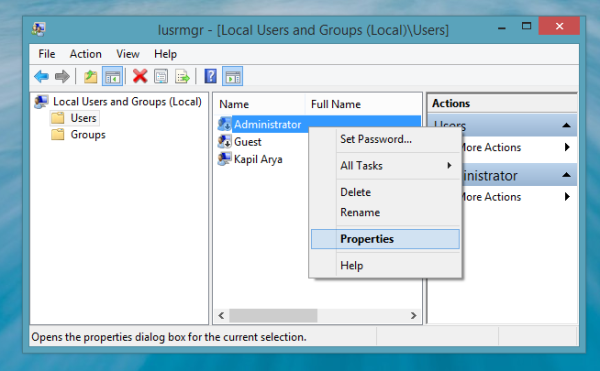
3. In the Administrator Properties window, uncheck the option Account is disabled. Click Apply followed by OK.
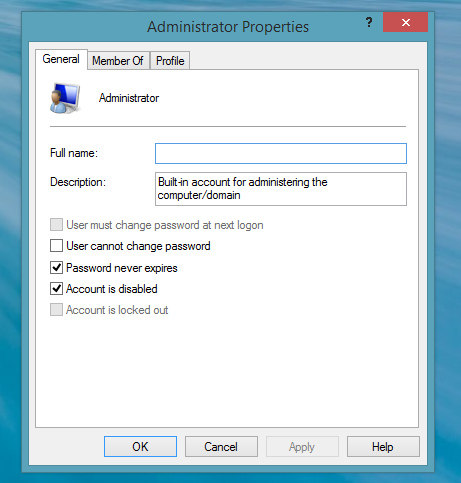
4. Again right-click on Administrator and select Set Password in the following window:
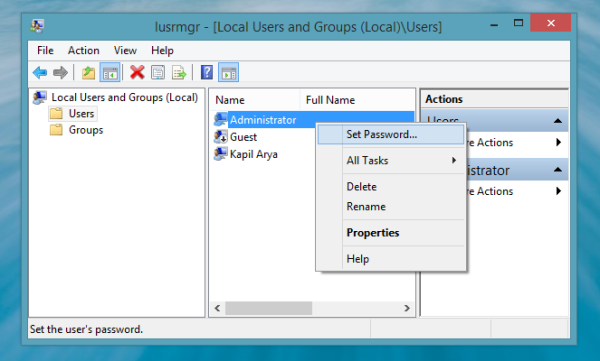
5. Now click Proceed in the following window:
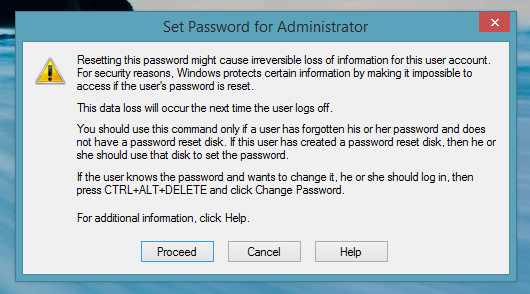
6. Finally, input a strong password in the following window. Click OK.
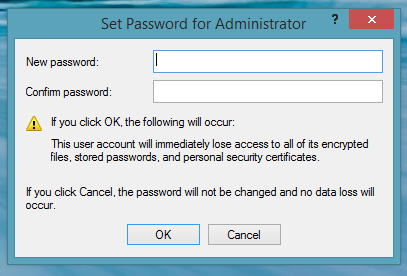
In this way, the built-in administrator account is activated. You should notify the administrator about the change you’ve made to the system.
I hope you find the article useful!
Related: Enable Administrator Protection in Windows 11. You will have to turn on the Admin Approval Mode with Administrator protection setting in GPEDIT.
Also read:
- How to create a new hidden Administrator User Account
- How to delete the inbuilt Administrator Account
- How to rename built-in Administrator Account in Windows.